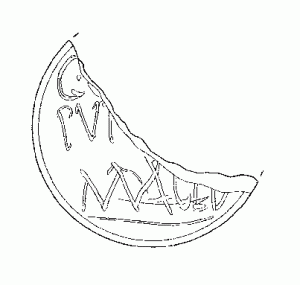Chester in the Great War
By Susan Chambers. Pbk. 160 pages. Barnsley: Pen & Sword Books 2015. ISBN 9781783463534. £12.99 plus £4.00 p&p.
This book tells the story of the city and its people throughout the long years of the First World War, from the carefree days of Spring 1914, to the solemn tones of the first Remembrance Day in November 1919. At the outbreak of war, Chester was transformed from a county market town with pleasant shops and day-trippers to a bustling, frantically busy military centre. As its men departed, the city settled down to the hard work of dealing with their absence in so many vital jobs a challenge eventually tackled by many of the city’s women.
Although it soon became clear that many men would never return, life in the city went on and everyone played their part; the cinemas and theatres stayed open, as did the pubs (though with reduced hours). Concerts kept the public entertained and raised vital funds, while news films kept people up-to-date with the latest from the Front.
As well as life on the Home Front, the book also looks at the men of the various sections of the Cheshire Regiment, including the 1st Battalion, who played a vital role in the Battle of Mons.
Illustrated with over eighty period photographs, this book will appeal to military and social historians alike.
Available from the publishers at www.pen-and-sword.co.uk or call 01226 734222.






